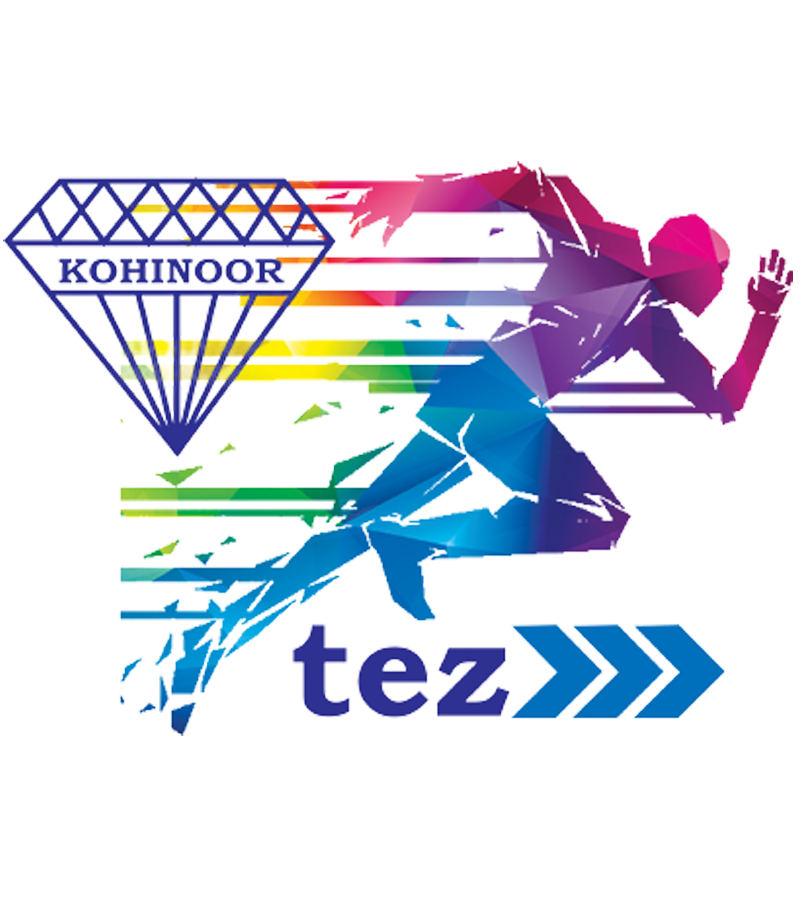History can be a fascinating subject, but when it comes to memorizing facts, dates, and names for exams, many students struggle. Fortunately, there are tried and tested methods to make the process easier. In this blog, we will explore effective techniques to study history using Kohinoor Eitihas guides, renowned for their simplicity and thoroughness. Additionally, we’ll highlight how Vibetara’s collection of social reformers’ t-shirts can deepen your appreciation for history while offering stylish ways to celebrate these figures.
Effective Strategies for Memorizing History: Understanding Concepts, Not Just Facts
Memorizing history is not just about cramming facts, but about understanding the broader context. Kohinoor guides are designed to help students of all classes from 6th to 12th navigate complex historical events with ease. These guides simplify key events, making it easier to understand the cause-and-effect relationships between them.
By focusing on the bigger picture, you can better grasp how individual events fit into the larger narrative. For instance, understanding the reasons behind the First War of Independence in 1857 will make it easier to recall dates, leaders, and consequences. Make sure you comprehend the timeline of events and their significance before you start memorizing the details.
How to Remember History Dates and Names: A Step-by-Step Guide
Memorizing dates and names is one of the most daunting tasks in studying history. Kohinoor’s guides break down important dates and names into concise formats that are easy to review. However, effective memorization requires additional strategies:
- Association: Link the event to something familiar. For example, you could associate India’s independence date, 15th August 1947, with a personal event or holiday.
- Mnemonics: Use acronyms or phrases to remember key sequences. For instance, to recall the major Mughal emperors, you might create a sentence using the first letter of their names.
- Repetition: Repeatedly writing down dates and names is scientifically proven to enhance retention. As the saying goes, “What we write, we understand more than what we read.”
Kohinoor’s guides provide ample opportunities for revision through key points and summaries at the end of each chapter, making revision less overwhelming.
Study History Fast and Effectively: Tips for Smart Preparation
When time is limited, efficient studying is critical. Kohinoor Eitihas guides are designed to facilitate quick and effective study sessions. Here’s how you can maximize your learning:
- Summarize Notes: After reading a chapter, summarize it in your own words. Kohinoor’s concise summaries can serve as a reference point, but your personalized notes will make it easier for you to recall during exams.
- Use Visual Aids: Draw diagrams, timelines, and hierarchies to visualize the flow of historical events. This technique is especially useful for chapters with complex sequences, such as the World Wars or the Indian Freedom Struggle.
Practice with Previous Papers: Kohinoor guides come with solved questions and previous exam papers that simulate the actual exam environment, helping you prepare better.
Memorizing for a Test the Night Before: Last-Minute Study Techniques
If you’re cramming the night before a history exam, smart strategies can help. Kohinoor guides are ideal for last-minute revision as they offer well-organized content, but here’s how to maximize your time:
- Focus on High-Value Topics: Identify topics that are frequently asked in exams and prioritize revising them. Kohinoor guides highlight important topics, making it easier for you to focus your efforts.
- Quick Recap with Summaries: Skim through chapter summaries and key points to refresh your memory. Avoid diving into lengthy texts, instead focus on the essential facts.
- Mind Maps: Draw quick mind maps linking important events, dates, and people. Visual representation helps in better recall during exams.
Visual Learning in History: Draw and Learn with Pie Charts, Graphs, and Hierarchies
Visual aids are powerful tools for learning history. They simplify complicated events and offer a clear picture of how everything connects. Drawing pie charts to represent power distribution during different eras, using graphs to show the rise and fall of empires, or creating hierarchical charts of leadership structures can significantly improve understanding.
Creating visual aids like timelines of important historical events can also help solidify dates and names in your memory. Kohinoor guides, with their clear explanations, are the perfect complement to these visual techniques, helping you engage with the content more effectively.
The Power of Writing and Learning: Facts That Boost Your History Retention
It is widely recognized that writing things down helps in retaining information better than merely reading. A 2021 study confirmed that students who write notes by hand tend to understand and memorize better than those who type or read passively. This is because writing stimulates neural pathways and enhances cognitive processing.
When studying history, writing summaries or rewriting important points reinforces learning. Kohinoor guides provide well-structured content that encourages note-taking, making it easier to remember information during exams.
Why Revision is Key for History Exams: Kohinoor Guides for Perfect Recall
Revision is essential to retain what you’ve learned. According to studies, revising information within 24 hours of first learning it helps reinforce memory retention. Kohinoor guides are excellent for revision, offering concise, easy-to-read summaries that simplify complex topics.
For example, while studying the history of the Maratha Empire, Kohinoor guides provide a clear and structured timeline of events along with key figures like Chhatrapati Shivaji Maharaj. By revisiting these summaries multiple times before the exam, students can ensure that the material stays fresh in their minds.
The Importance of Social Reformers in History: Vibetara’s Historic T-Shirt Collection
History is not just about wars and empires; it is also about the visionaries who shaped society. Vibetara’s collection of social reformers’ t-shirts celebrates figures like Chhatrapati Shivaji Maharaj, Savitribai Phule, Bhagat Singh, Dr. Babasaheb Ambedkar, and APJ Abdul Kalam. Wearing these t-shirts is not just a fashion statement but a reminder of the enduring legacy of these heroes.
These reformers played pivotal roles in shaping the socio-political landscape of their time. Bhagat Singh’s bravery and Dr. Ambedkar’s efforts for social equality resonate with today’s generation. Vibetara’s t-shirt collection brings these icons to life, reminding students that history is not just about learning; it’s about understanding the impact of these leaders on society.
Conclusion
Mastering history for exams doesn’t have to be a daunting task. By using effective techniques like drawing visual aids, summarizing notes, and revising frequently with Kohinoor Eitihas guides, students can make history engaging and easy to remember. Moreover, Vibetara’s t-shirt collection featuring social reformers adds a personal connection to history, making it even more relevant to our lives.
Start incorporating these tips into your study routine and not only will you ace your history exams, but you will also gain a deeper understanding and appreciation for the subject.
 Save Upto 15% - 30%
Save Upto 15% - 30%

